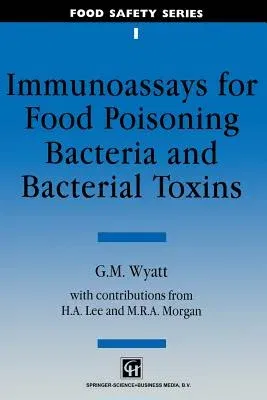Consumer safety has become a central issue of the food supply system in
most countries. It encompasses a large number of interacting scientific
and tech- nological matters, such as agricultural practice,
microbiology, chemistry, food technology, processing, handling and
packaging. The techniques used in understanding and controlling
contaminants and toxicity range from the most sophisticated scientific
laboratory methods, through industrial engineering science to simple
logical rules implemented in the kitchen. The problems of food safety,
however, spread far beyond those directly occupied in food production.
Public interest and concern has become acute in recent years, alerting a
wide spectrum of specialists in research, education and public affairs.
This series aims to present timely volumes covering all aspects of the
subject. They will be up-to-date, specialist reviews written by
acknowledged experts in their fields of research to express each
author's own viewpoint. The readership is intended to be wide and
international, and the style to be comprehensible to non-specialists,
albeit professionals. The series will be of interest to food scientists
and technologists working in industry, universities, polytechnics and
government institutes; legislators and regulators concerned with the
food supply; and specialists in agriculture, engineering, health care
and consumer affairs. One of the most difficult situations to control is
the contamination of food by small numbers of pathogenic micro-organisms
before they multiply to give the large populations causing food
poisoning when eaten.


